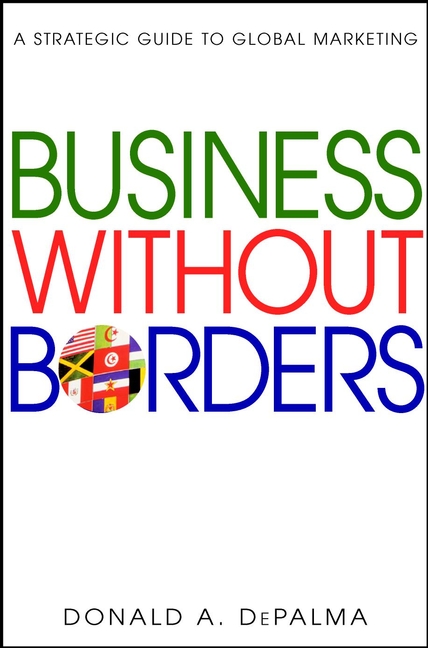- Available now
- New audiobook additions
- Most popular
- Try something different
- See all audiobooks collections

In this new edition of the book, over twenty additional extracts are published that present an entirely new axis for architectural thinking. Whereas much of the 20th-Century thought was dominated by the 'perceived crisis' in Modernity, 'the new paradigm' or 'complexity paradigm' has been excited by the possibilities of Emergence in the Science of Complexity and Chaos theory. The reach of complexity is expressed through the primacy of Benoit Mandelbrot's theories on geometry, with an extract from his manifesto on fractals; and furthered through an outline of Emergence by Steven Johnson. It is also handled through texts that focus on the diagram and are demonstrated in its more applied form through passages dealing with the global city and culture.
Essential for the student and practitioner alike, Theories and Manifestoes since its first edition has established itself as the touchstone book for architectural thought. It features seminal texts by Reyner Banham, Peter Eisenman, Frank Gehry, Rem Koolhaas, Colin Rowe and Robert Venturi. This is now ejected with greater currency with extracts from: Cecil Balmond, Foreign Office Architects, Daniel Libeskind, MVRDV, Lars Spuybroek, UN Studio and West 8.
-
Creators
-
Publisher
-
Release date
January 4, 2012 -
Formats
-
OverDrive Read
- ISBN: 9781119995661
-
PDF ebook
- ISBN: 9781119995661
- File size: 2286 KB
-
-
Languages
- English
Why is availability limited?
×Availability can change throughout the month based on the library's budget. You can still place a hold on the title, and your hold will be automatically filled as soon as the title is available again.
The Kindle Book format for this title is not supported on:
×Read-along ebook
×The OverDrive Read format of this ebook has professional narration that plays while you read in your browser. Learn more here.